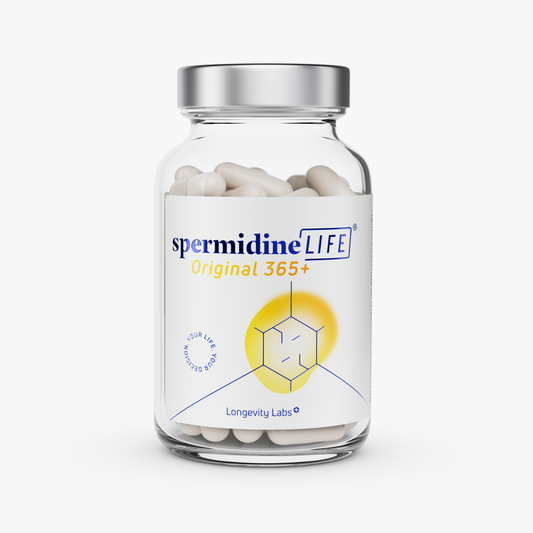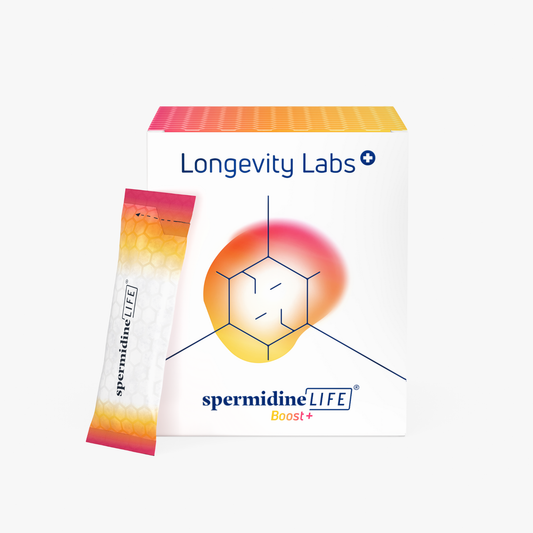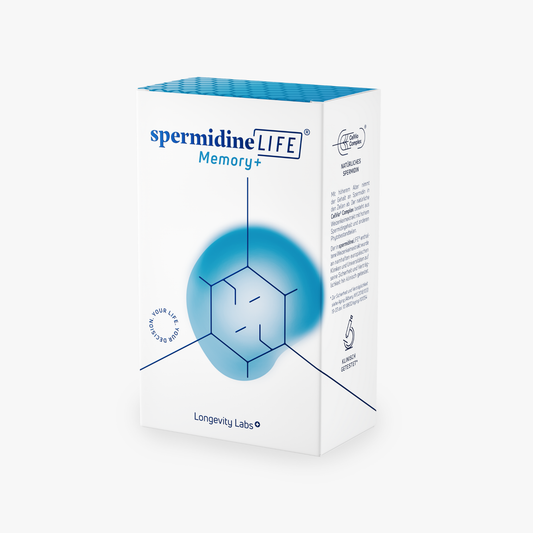
The miracle cell
Science, TLL LongevityLabsThe human body consists of trillions of cells. But what is a cell actually? What are the different cells in the human body? Why do you have to take good care of your cells? Here you will find the answers to these questions.
What is a cell?
A cell is the smallest living unit of your body or any other organism. Cells are therefore the basic building blocks of life. In general, a distinction can be made between prokaryotes (single-cell organisms) and eukaryotes (multi-cell organisms). While the cells of prokaryotes have a somewhat "simpler" structure and do not have a cell nucleus, eukaryotic cells have a cell nucleus and a separation of the cell into cell organelles. The latter group includes all cells of higher organisms such as plants, animals and also those of humans.
What makes the human cell so special?
Each of your cells has a cell membrane that surrounds the other cell components. Inside the cell you will find the nucleus, mitochondria, ribosomes and the Golgi apparatus. Each component has its own task. This ensures that the cell "runs smoothly".
Which cells are there?
Not all cells are the same! More than 200 different cell types can be identified in the human body. Each cell type has an individual function. The most important cell types include the following:
Stem cells: Stem cells possess what is known as pluripotency, giving them the ability to change into any other cell type in the human body. Thus, stem cells can develop into any tissue or into certain specified tissue types.
Red blood cells (erythrocytes): These cells are an important component of blood. They transport oxygen through the bloodstream by means of hemoglobin binding.
White blood cells (leukocytes): Leukocytes are an important component of the immune defense system. They fight off pathogens.
Blood platelets (thrombocytes): Strictly speaking, these are cell fragments, but they have an important role in blood clotting and stasis.
Nerve cells (neurons): Neurons are part of the nervous system. They convey information by means of electronic impulses.
Glial cells: Glial cells are also part of the nervous system. They play an important role in the transmission of nerve impulses and are mainly found in the brain.
Muscle cells: Muscle cells form different muscles in the human body. A distinction is made between skeletal muscle cells, cardiac muscle cells and smooth muscle cells.
Cartilage cells: These cells are responsible for the formation of any cartilage tissue.
Bone cells: Bone cells work with the bone matrix to form bone. Different types of bone cells perform different steps in the process.
Skin cells: Different skin cells form the skin layer, a first external protective barrier against pathogens. Individual sensory cells also belong to the skin cells.
Other cells in your body include fat cells, germ cells, endothelial cells and epithelial cells.
What do you need to protect your cells from?
Although you have several trillion cells and some of them are renewed regularly, it is important to protect your cells. There are many dangers, with free radicals being the biggest threat to your cells. Free radicals are molecules that have deficits in their structure due to a missing electron and want to compensate for this deficit by using a "foreign" electron. In this, they are both a curse and a blessing: free radicals can be helpful in fighting pathogens, while too many of them, however, can also pose a danger to the body's own cells.
What is good for the cells?
Antioxidants can help in the fight against free radicals. A healthy diet and exercise are also good for your cells. And remember: If your cells are fit, your entire body can probably function much better!
Facts about the cell
Man has 100 trillion cells
Humans have 100 trillion cells. That is a one with 14 zeros. If you put all the cells of your body together, this chain would be over 2.5 million kilometers long and could be wrapped around the earth 60 times at the equator. If one cell were to be attached to this chain every second, it would take more than three million years to "string" all the cells together!
Cell death
Every second, about 50 million cells die in an adult person. At the same time, almost as many cells are newly formed every second. But only almost, since an adult human being continuously degrades his cells and the number is thus constantly reduced.
Not all cell death is the same
A distinction is made between "programmed cell death" (apoptosis) and "forced cell death" (necrosis). While apoptosis removes cell parts in such a way that no damage occurs, necrosis causes the cell to burst uncontrollably, which can lead to inflammation. And by the way, a cell never dies "just like that." Internal or external factors are the cause.
Skin cells
Nails and hair are derivatives of skin. They consist of hardened skin cells and thus provide special protection. The fingernails in particular have an important role in protecting the nerve endings at the fingertips.
Immune cells
The immune cells are not automatically the immune system. They represent only one of four parts of the immune system. The other three parts are mechanical barriers, proteins and mental immune health. Only through a positive interaction of these four factors can the immune system function optimally.
Cell renewal
Not all cells renew at the same rate. The cells of the small intestine renew about every 36 hours, while red blood cells renew about every 120 days and bone cells last a whole 20-30 years!
All-rounder stem cells
Stem cells are true all-rounders! They can divide and change into different cell types throughout your life. This is called pluripotency. This ability even allows them to change from another cell type back into stem cells when needed. This ensures that your body functions properly!






